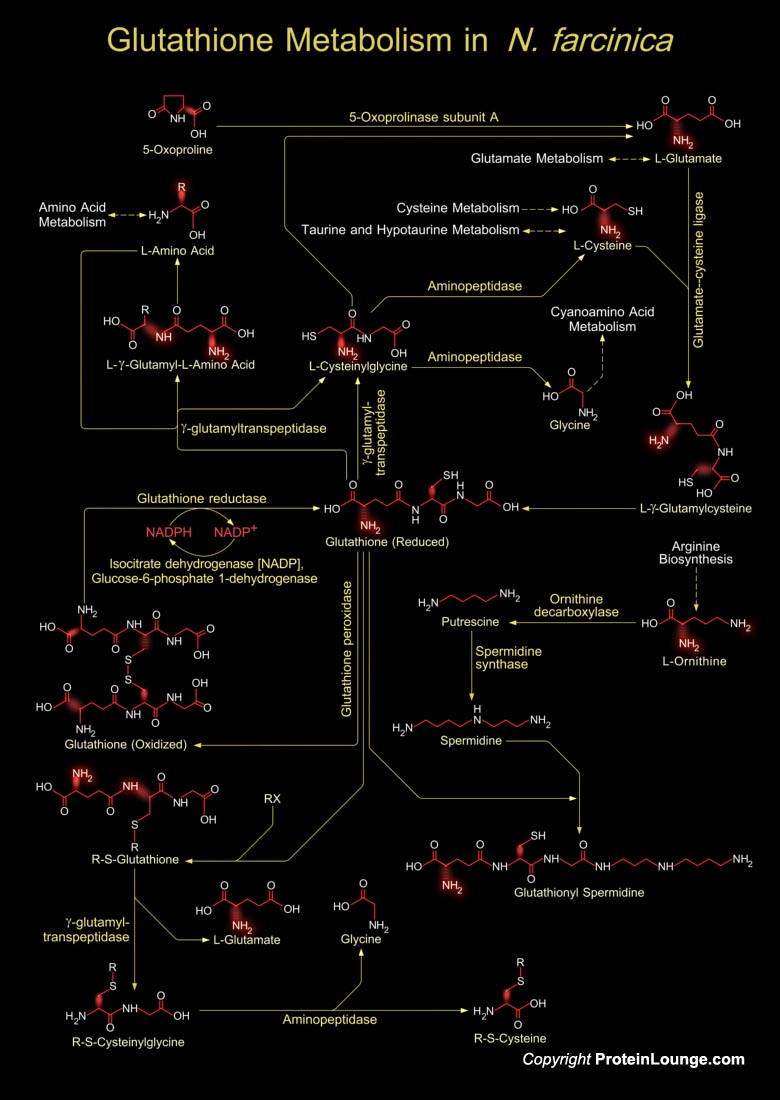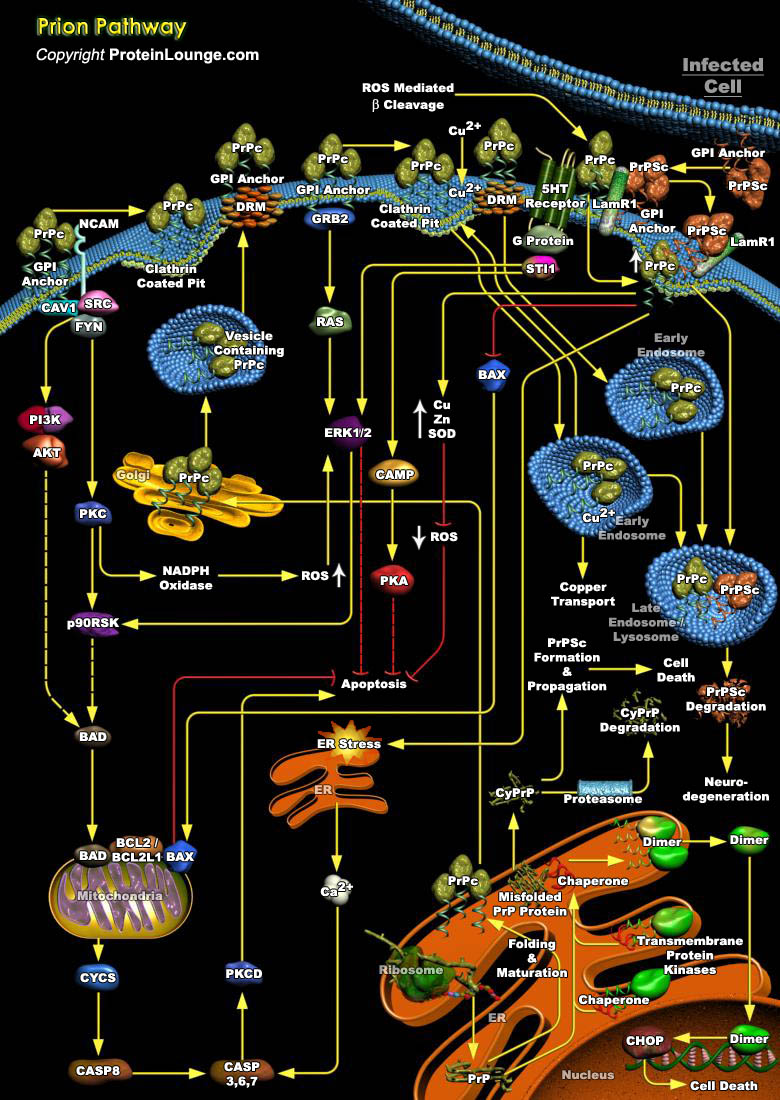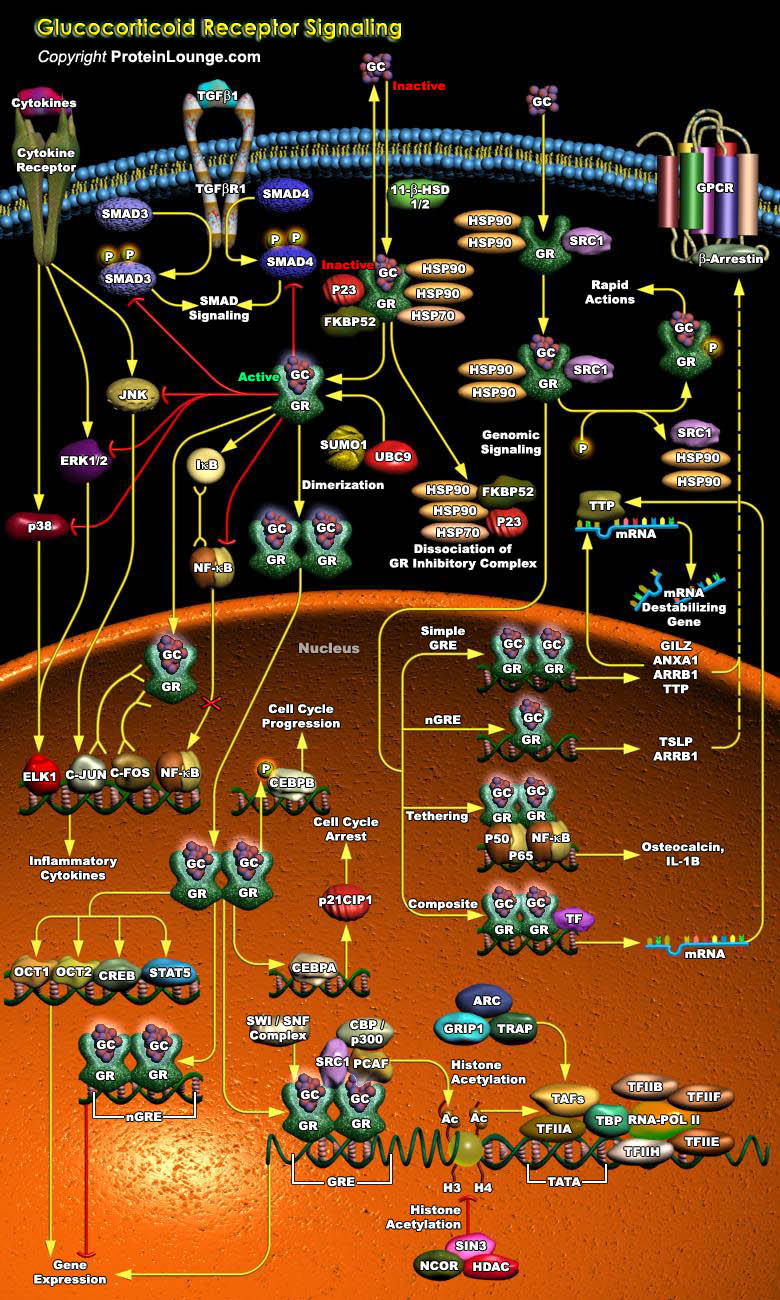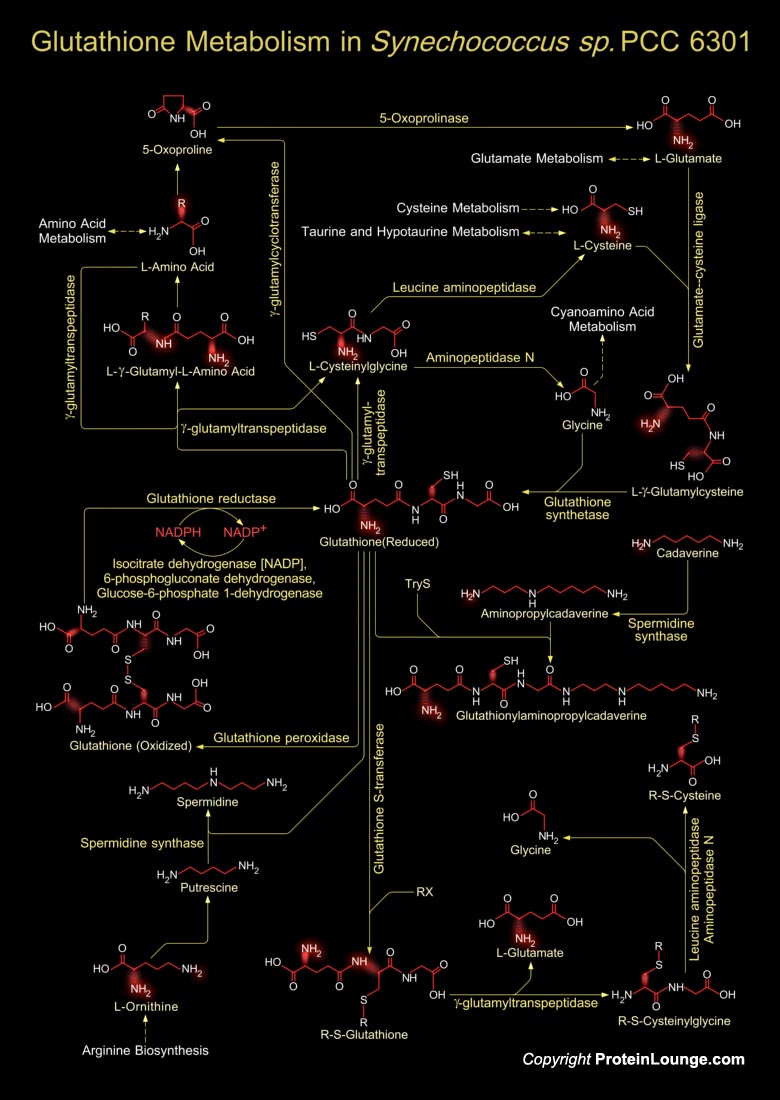Featured Pathways

Nitrosomonas europaea is a Gram-negative obligate chemolithoautotroph, which derives all its energy and reductant for growth from the aerobic oxidation of ammonia to nitrite. The bacterium participates in the biogeochemical Nitrogen cycle in the process of nitrification. Nitrosomonas europaea is a Gram-negative obligate chemolithoautotroph that can derive all its energy and reductant for[..]

Nocardia represent a genus of aerobic actinomycetes and belong specifically to the family Mycobacteriaceae. Nocardia are aerobic, gram-positive, filamentous, branching rods and can be found as ubiquitous environmental saprophytes in soil, dust, organic matter and water. They are saprophytic actinomycetes found in the environment. The first genome[..]

Neisseria meningitidis is a causative agent of meningitis, and is responsible for considerable morbidity and mortality throughout the world. Most disease causing N. meningitidis strains belong to Serogroups A, B and C. Serogroup A strains are responsible for epidemic disease in developing countries, and Serogroup B and C strains are responsible for outbreaks of menigitis in the[..]

Neisseria meningitidis is a causative agent of meningitis, and is responsible for considerable morbidity and mortality throughout the world. Most disease-causing N. meningitidis strains belong to Serogroups A, B and C. Serogroup A strains are responsible for major epidemics and pandemics of meningococcal disease, and therefore most of the morbidity and mortality associated with this[..]

Pseudomonas aeruginosa is a Gram-negative, aerobic rod, belonging to the bacterial family Pseudomonadaceae and is one of the top three causes of opportunistic human infections. It is a versatile bacterium that grows in soil, marshes and coastal marine habitats, as well as on plant and animal tissues. It occurs regularly on the surfaces of plants and occassionally on the surfaces of animals.[..]

Plasmodium falciparum is the etiological agent of malaria tropica, the leading cause of death due to a vector borne infectious disease, claiming 0.5 million lives every year. The single-cell eukaryote undergoes a complex life cycle and is an obligate intracellular parasite of hepatocytes and erythrocytes (Ref.1). Malaria in humans is caused by five species of protozoan parasites of the genus[..]

Photorhabdus luminescens is a nematode-symbiotic, gram negative, bioluminescent bacterium, belonging to the family of Enterobacteriaceae. P. luminescens is a part of the Photorhadbus genus, known to have three bacterial species: Photorhabdus luminescens, Photorhabdus temperata and Photorhabdus asymbiotica (Ref.1). It lives in the gut of an entomopathogenic nematode[..]

Prochlorococcus is a genus of very small (0.6 μm) marine cyanobacteria with an unusual pigmentation (chlorophyll a2 and b2). These bacteria belong to the photosynthetic picoplankton and are probably the most abundant photosynthetic organism on Earth. Prochlorococcus microbes are among the major primary producers in the ocean, responsible for a large percentage of the photosynthetic[..]

The marine unicellular green cyanobacterium Prochlorococcus marinus MIT9313 belongs to the most abundant and photosynthetically productive genus of cyanobacteria in the oceans. This monophyletic genus use divinyl chlorophyll a (Chl a2) and b (Chl b2) to build the photosystems and the membrane-intrinsic Pcb-type antennae. P. marinus MIT9313 has two genes that encode[..]

Prochlorococcus is one of the main picophytoplankters in the oligotrophic oceans of our planet(Ref.1). The P. marinus SS120 strain represents an extreme within the Prochlorococcus genus because of its ability to grow at very low light levels. This strain is characterized by a nearly minimal gene complement with a compact genome. The genome is a single circular chromosome of 1,751,080[..]

Photobacterium profundum is a deep sea Gammaproteobacterium, belonging to the family Vibrionaceae and genus Photobacterium. Members of Photobacterium genus are marine organism. There are currently 4 cultured wild-type strains of P. profundum, (strains SS9, 3TCK, DJS4 and 1230) (Ref.1). P. profundum has two circular chromosomes and is a gram-negative with rod shape and has two[..]

Taurine is a nonprotein Amino acid. It is an end product of L-Cysteine metabolism and the principal free intracellular Amino acid in many tissues of humans and other animal species. Taurine is present in high amounts in the brain, retina, myocardium, skeletal and smooth muscle, platelets and neutrophils. It is classified as a conditionally essential Amino acid important during mammalian[..]





















